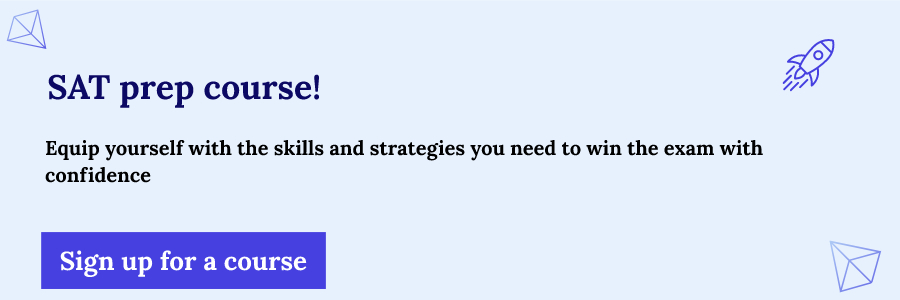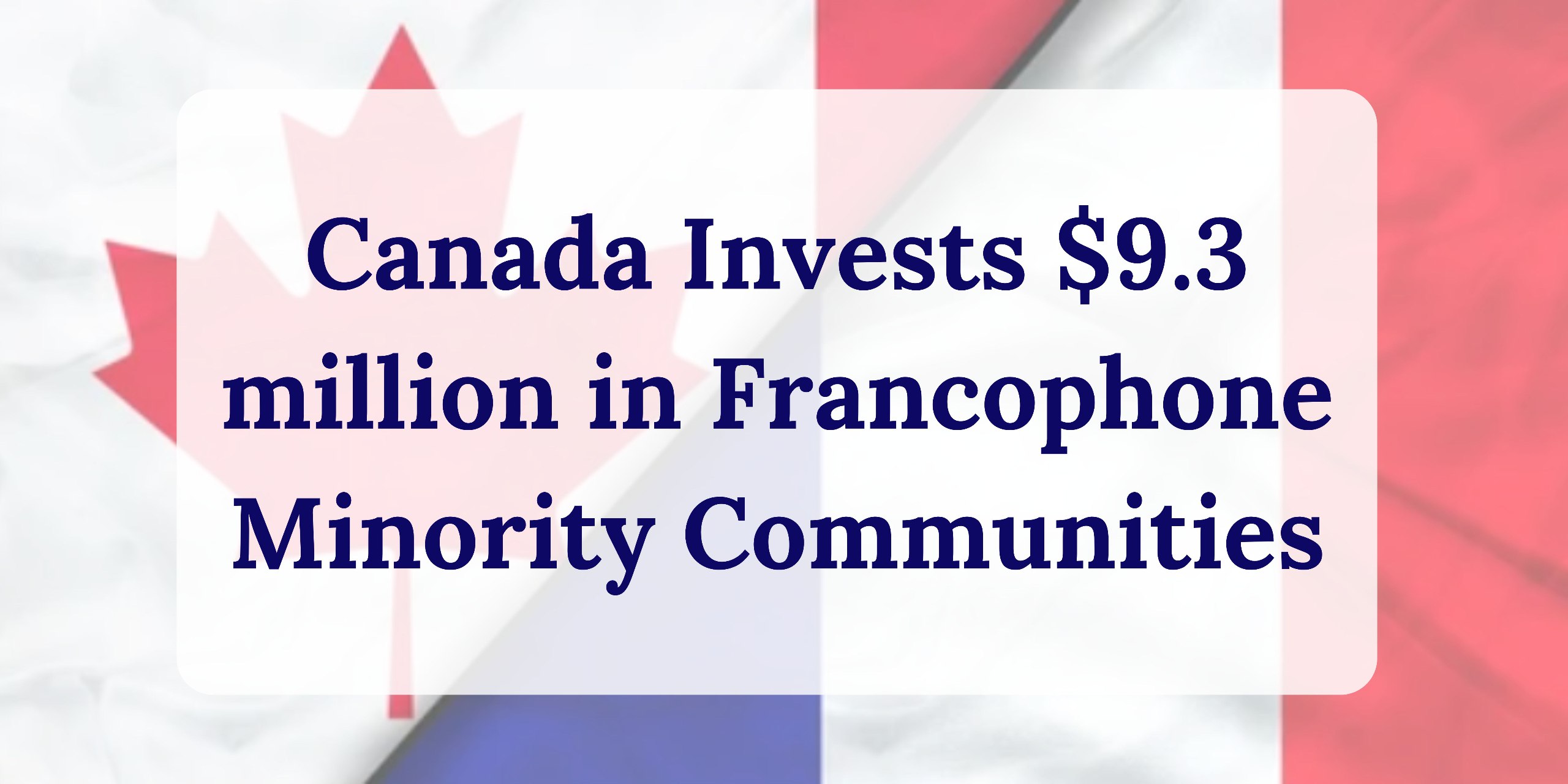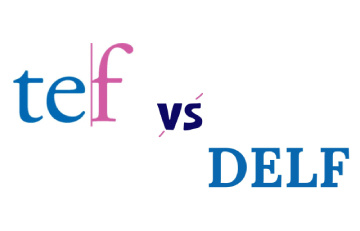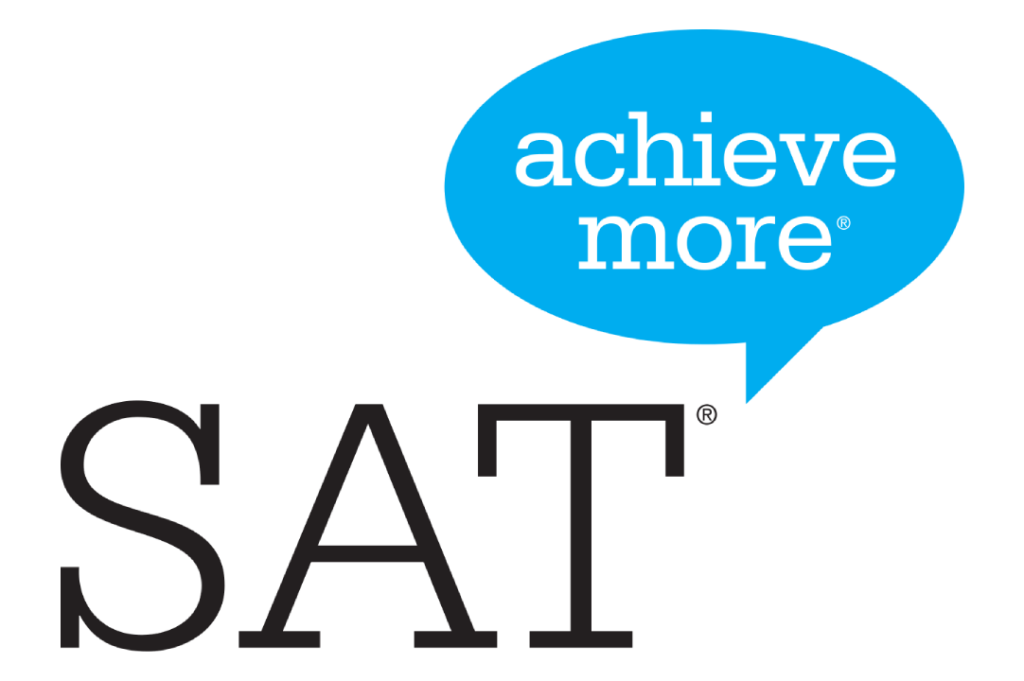
The Scholastic Assessment Test, commonly known as the SAT, is a standardized exam that is primarily used for admission to colleges, universities, and scholarships in the United States. At the same time, it goes beyond the United States and is used in many educational institutions around the world. Countries such as Canada, the United Kingdom, Australia, various European countries, Singapore, Japan, India, Mexico, and the UAE are among those that may consider SAT scores in the application process, especially for international students.
Administered by the non-profit organization College Board, the SAT serves the primary purpose of evaluating a student’s preparedness for admission. It also furnishes institutions of higher education with a unified benchmark, facilitating the comparison of academic capabilities among applicants.
Beyond its admission-centric role, the SAT is crafted to evaluate critical reading, mathematical reasoning, and writing proficiency. The questions are meticulously designed to mirror the thinking patterns and problem-solving skills deemed essential for succeeding in higher education.
Structure of the test
The examination comprises two segments: “Reading and Writing” and “Mathematics.” Each section is bifurcated into two modules of equivalent length. The initial module within each section encompasses a diverse array of easy, moderate, and challenging questions. The difficulty level of the questions in the second module is contingent on the student’s performance in the first module, ranging from more arduous to less demanding.
While the majority of queries are presented in a multiple-choice format, some necessitate students to provide a typed response rather than selecting from predefined options.
Reading and writing section
This segment introduces brief reading passages succeeded by singular multiple-choice inquiries. Its design aims to scrutinize reading comprehension, rhetoric, and language usage within academic and literary contexts.
The test questions within the reading and writing section can be categorized into four distinct groups:
- Information and Ideas: Evaluates skills in comprehension, analysis, and reasoning, assessing the capacity to discern, interpret, assess, and incorporate information and ideas from texts and informational graphics;

- Craft and Structure: Assesses comprehension, vocabulary, analysis, synthesis, and reasoning, focusing on understanding and utilizing high-utility words and phrases in context, rhetorical text evaluation, and connecting topically related texts;
- Expression of Ideas: Gauges the ability to amend texts for enhanced written expression and to achieve specific rhetorical objectives;
- Standard English Conventions: Measures the capability to edit text to adhere to fundamental conventions of Standard English sentence structure, usage, and punctuation.
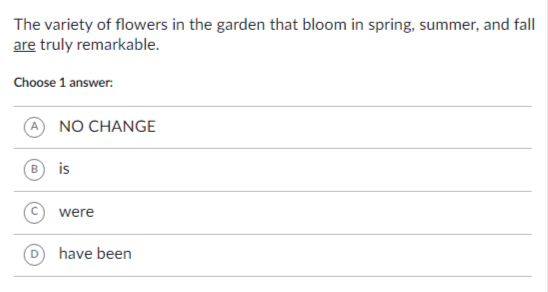
Math section
The math questions are divided into four distinct categories:
- Algebra. Examines the aptitude for analyzing, fluently resolving, and constructing linear equations and inequalities, along with the analysis and fluent resolution of equations and systems of equations using diverse methods;

- Advanced Math: Evaluates skills and knowledge, encompassing an understanding of absolute value, quadratic, exponential, polynomial, rational, radical, and other nonlinear equations;
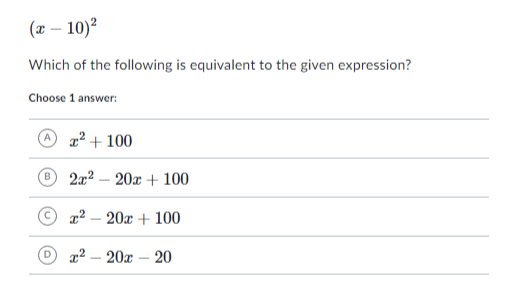
- Problem Solving and Data Analysis: Measures the ability to apply quantitative reasoning concerning ratios, rates, and proportional relationships, comprehend and apply unit rates, and analyze and interpret data with one and two variables;
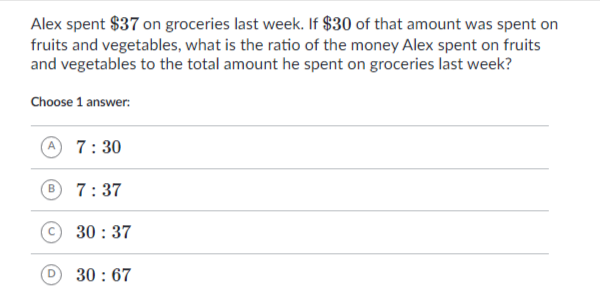
- Geometry and Trigonometry: Evaluates problem-solving prowess on diverse question types related to area and volume formulas, lines, angles and triangles, right triangles and trigonometry, and circles.


Whether you need help with math, science, languages, or any other subject, our tutors are ready to help you on your academic journey. Don’t miss your chance to succeed – take a discounted trial lesson today!
Testing Process
To enroll for the examination, utilize your personal account on the official College Board website. Within the registration process, you have the flexibility to designate your preferred exam location and date while settling the examination fee. Registration typically concludes about a month before the scheduled exam date.
The examination itself is conducted digitally, accessible on various devices such as Mac and Windows computers, iPads, and school-provided Chromebooks. To facilitate the preparation and execution of the exam, it is imperative to download the Bluebook testing app. Five days before the exam, undergo a swift setup process within the app. Subsequently, the app verifies your device’s compliance with all requirements, downloads the test, and generates an admit card for authentication.
Commencing at 7:45 a.m., the doors of the testing center swing open, initiating the exam at approximately 8:15. A designated supervisor will furnish you with a start code, activating the commencement of the test. The Bluebook app diligently monitors the time allocated for each section, adapting to individual student timelines. Breaks are interspersed between sections, featuring a 10-minute respite.
The Reading and Writing section, encompassing 54 questions, necessitates 64 minutes for completion, while the Math section, with 44 questions, mandates 70 minutes, totaling 2 hours and 14 minutes. Each section, inclusive of reading, writing, and math, is subdivided into two distinct modules, each evaluated independently.
Navigating between module questions is permissible, enabling review and modification of answers before the time elapses. However, once a transition occurs, revisiting the previous module is precluded. Upon concluding the examination, your responses are automatically transmitted.
Throughout the quiz, an array of tools is at your disposal, including a reference sheet, calculator, annotation tool, strikethrough feature, and zoom in and out functionality.
Requirements for taking the test
Permissible Items to Bring:
- A fully charged testing device equipped with the Bluebook app (compatible with Mac, Windows, iPads, or school-provided Chromebooks);
- Your current admission ticket;
- Photo ID;
- Pencils or pens (non-colored);
- An approved calculator;
- Medication and medical devices enclosed in a clear bag, if necessary and authorized for use.
A watch without an audible alarm; - A charging cable;
- Bag or backpack;
- Drinks or snacks (to be consumed during breaks);
- Spare device for testing.
Prohibited Items During Testing:
- Cell phones;
- Audio players or voice recorders, laptop computers, Bluetooth devices;
- Individual timers of any kind;
- Cameras or any other photographic equipment;
- Highlighters or colored pencils;
- Books or reference materials;
- Compasses, rulers, protractors;
- Paper of any kind;
- Earplugs;
- Unacceptable calculators with a computer-type keyboard (QWERTY), paper tape, noise, or a power cord;
- Safety screens;
- Weapons of any kind.
Test Results
Notification of test results occurs within one week post-exam. Access to your scores is facilitated through logging into your College Board account. Approximately ten days after the result publication, the scores for each test are transmitted to colleges.
The SAT accreditation remains valid for a duration of 5 years.
Your cumulative exam score, ranging from 400 to 1600, is an amalgamation of scores from two sections: Reading and Writing, and Math. Each of these sections spans a scale of 200-800 points.
As of 2019, the average SAT score stood at 1050. Scores surpassing this benchmark are considered above average and deemed satisfactory for numerous colleges. The optimal SAT score fluctuates depending on the individual student and the chosen college.
To ascertain your target SAT score, commence with thorough research on multiple colleges. Consider the average SAT score for admitted freshmen as a guiding benchmark.
Detailed score breakdowns are available, allowing you to compare overall scores by section. Additionally, percentile rankings are accessible, offering insights into your standing among test takers in your school, district, state, country, and even globally, within your personalized results room.
Cost of the test
You can pay your registration and other SAT fees by Credit Card (American Express, Discover, Visa, MasterCard, Diners Club and JCB) or PayPal.
The cost of the test for those taking it in the US.
The registration fee for the SAT is $60.
Additional Registration Fees:
- Test Center Change Fee – $25;
- Registration Cancellation – $25.
- Late Registration Cancellation – $35 (For canceling registration after the deadline to make changes by Thursday 11:59 pm ET prior to test day);
- Late Registration – $30 (For registration after the regular deadline but before the late registration deadline).
Fees for additional services:
- Additional Score Reports – $14 per report (Unlimited number of free score reports with fee waivers The first four score reports are free if you order them no later than nine days after the test date);
- Rush reports are – $31;
- Telephone results – $15 per call;
- Archived results – $31;
- SAT Question and Answer Service – $16;
- SAT student question and answer service – $16;
- Manual score verification – $55.
The cost of the test for those taking it outside of the United States.
The SAT registration fee is $60, plus a regional fee of $43.
Additional Registration Fees:
- Test Center Fee (some locations only) – $24;
- Late Registration – $30 (For registration after the regular deadline but before the late registration deadline);
- Change of testing center – $25;
- Cancellation fee – $25 (For canceling registration before the deadline to make changes)
- Late Cancellation Fee – $35 (For canceling enrollment after the change deadline by Thursday, 11:59 p.m. Eastern Time prior to the day of testing).
Fees for additional services:
- Additional score reports – $14 per report (The first four score reports are free if you order them up to nine days after the test date);
- Rush reports – $31;
- Receiving results by phone – $15 per call;
- Archived results – $31.
Supplementary Details
For individuals under the age of 13 seeking to undertake the SAT for college admissions or entry into academic programs, a completed Account Creation Consent form by a parent or guardian is imperative. This submission enables registration for the SAT and access to various programs and offerings on the College Board website.
Numerous educational institutions offer SAT School Day, allowing students to take the SAT on a weekday. Commencing in the spring of 2024, SAT School Day will exclusively be available in a digital format. Notably, the essay component will no longer be integrated into the SAT, except in states where it remains obligatory for SAT School Day.
Students intending to participate in the SAT as part of School Day should verify with their respective schools to confirm the inclusion of the essay. To ascertain if your school hosts SAT School Day, contact your principal or counselor. Registration for SAT School Day is not conducted through College Board; the decision to host the day and whether students bear the costs is determined by schools and districts.
It’s important to note that SAT School Day is exclusively accessible to U.S. schools.
For those lacking a personal digital device for the SAT, alternatives include borrowing one from your school, family, or friends. College Board also provides the option to borrow a device; however, students must register for the desired test day and location first, then submit a device request at least 30 days prior to the test day. It’s crucial to understand that requesting a device does not guarantee the provision of a loaned device by College Board for testing purposes.

